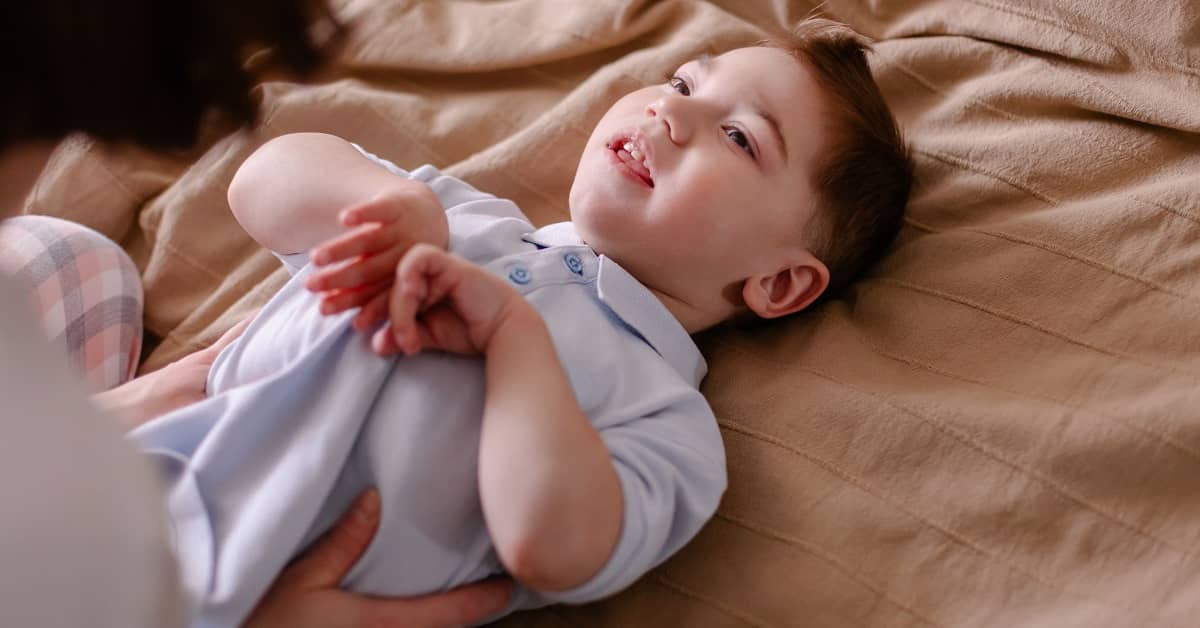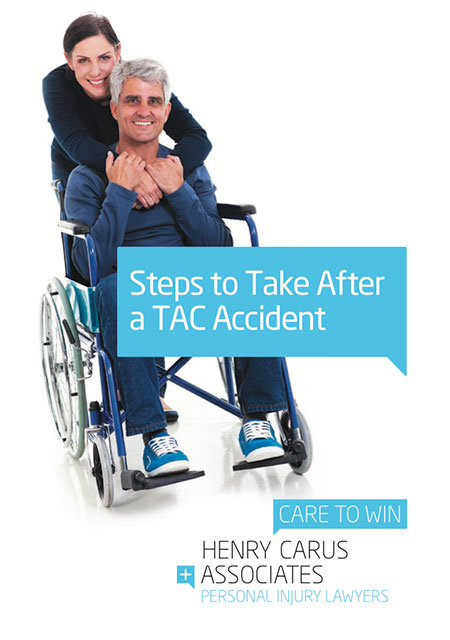
Few instances of medical negligence are more tragic than those affecting children. Unfortunately, doctors and other medical professionals can commit serious errors in the earliest moments of a child’s life, resulting in long-term and even permanent complications.
Birth injuries can take many different forms. One of the most devastating outcomes of any birth injury is cerebral palsy.
What Is Cerebral Palsy?
Cerebral palsy is a disorder characterised by a wide range of impairments. Most symptoms of cerebral palsy centre on movement, including balance, the ability to walk, fine motor skills, reflexes, and more. People with cerebral palsy may also experience difficulties with speech, eating, sensation, and cognitive function.
According to the Cerebral Palsy Alliance, one out of every 700 children born in Australia is diagnosed with cerebral palsy.
What Causes Cerebral Palsy?
Damage to or malformation of a baby’s developing brain is the most common cause of cerebral palsy. Brain damage may occur when the baby is in utero (i.e., when the baby is still in the mother’s womb), during labour and delivery, or after the child is born.
If your child has been diagnosed with cerebral palsy, it is important to consult a lawyer about your legal options. You may be able to recover compensation through a medical negligence claim against the healthcare provider(s) who harmed your baby.
How Birth Injuries May Lead to Cerebral Palsy
Prolonged and difficult labour is a significant risk factor for cerebral palsy. Doctors and other staff must monitor mothers and babies for signs of distress and take prompt action to avoid injury.
In some cases, medical professionals should be reasonably able to anticipate potential complications during delivery. Failure to adjust for the following issues may constitute negligence on the part of doctors and other staff:
- Abnormal presentation of the foetus: Babies should ideally be delivered head-first. However, complications can arise if the face, arms, legs, or feet of the foetus are the first to emerge from the birth canal.
- Preterm birth: Babies born prior to 37 weeks are considered preterm or premature. Doctors should be aware of a mother’s risk factors for going into labour prematurely (such as maternal age, chronic health conditions, limited time between pregnancies, etc.) and plan for a potential preterm birth.
- High birth weight: Known medically as “foetal macrosomia,” the risk of complications is greater if a baby weighs more than 4.5 kilograms at birth.
Injury to the baby can be avoided if doctors manage these risks appropriately. However, without proper care, birth injuries may occur that increase the baby’s risk of cerebral palsy:
Oxygen Deprivation
Lack of oxygen is a major cause of brain injury in newborns. Multiple complications can interrupt the flow of oxygen to the baby’s brain, including:
- Breech birth or other abnormal presentation of the foetus
- Prolonged labour caused by:
- Weak contractions
- Failure of the cervix to dilate (cervical dystocia)
- An oversized baby becoming stuck in the birth canal
- The baby’s shoulder becoming trapped behind the pubic bone (shoulder dystocia)
- Preeclampsia – a condition where the mother experiences a sudden increase in blood pressure which decreases the flow of blood to the foetus
- The umbilical cord becomes wrapped around the baby’s neck
- Prolapse or compression of the umbilical cord
- Disorders of the placenta, including placenta previa, placental abruption, etc.
These complications can result in hypoxic ischemic encephalopathy (HIE), or injury to the brain caused by lack of oxygen. Without prompt intervention, a condition known as periventricular leukomalacia (PVL) may also arise, resulting in the death of white matter tissue in the brain. Both HIE and PVL can lead to cerebral palsy in severe cases.
Doctors can help restore oxygen and blood flow to the baby through measures such as inducing labour, performing a caesarean section, and manoeuvring the baby to alleviate obstructions. Negligence on the part of practitioners, however, can increase the risk of a baby being born with brain damage due to oxygen deprivation.
Intracranial Haemorrhage
Bleeding within the brain (intracranial haemorrhage) is another serious complication that can lead to cerebral palsy. Preterm births carry a high risk of bleeding because the baby’s brain may not be fully formed.
Intracranial haemorrhage may also occur during difficult labour due to errors on the part of medical professionals. Misuse of forceps and vacuum extraction devices are commonly associated with injury to a baby’s head, which may involve trauma to the brain as well.
Another potential cause of intracranial haemorrhage that may lead to cerebral palsy is foetal stroke (also known as perinatal stroke). Babies may suffer strokes as a result of complications during labour – such as reduced oxygen and intracranial haemorrhage – as well as congenital defects of the heart and blood vessels.
Maternal Infections and Other Health Conditions
The mother’s health throughout pregnancy and up through labour and delivery is equally important to the well-being of her baby. Brain damage to the foetus may occur as a result of untreated infections passed from the mother to the baby, including:
- Herpes simplex, including cytomegalovirus
- Toxoplasmosis
- Chickenpox (varicella)
- Rubella (also known as German measles)
- Bacterial infections
Another maternal health issue that carries an increased risk of cerebral palsy is incompatibility between the mother and baby’s blood type (known as Rh or ABO incompatibility). If Rh or ABO incompatibility goes untreated, the baby may develop jaundice (yellowing of the skin) followed by kernicterus, a condition where surplus bilirubin in the blood can damage the brain.
Medical professionals such as obstetricians and gynaecologists have a responsibility to monitor maternal health throughout pregnancy. Failure to do so can result in injury to the mother, her baby, or both.
If your child suffers cerebral palsy as a result of this or any other form of medical negligence, you should speak to a lawyer as soon as possible.
Can You Sue for Birth Injuries Resulting in Cerebral Palsy?
Cerebral palsy can affect all aspects of a child’s life. Children with cerebral palsy may never walk, struggle in school, and face lifelong difficulties with daily tasks. In adulthood, those with cerebral palsy may be unable to support themselves or live independently.
Not all cases of cerebral palsy arise as a result of a birth injury. However, if your child was harmed at birth and was later diagnosed with cerebral palsy, it is important to determine if medical negligence was a factor.
Henry Carus + Associates can help. If negligence was a factor in the birth of your child, our team can pursue the full compensation you and your family deserve.
You Deserve More.
Please call Henry Carus + Associates at 03 9001 1318 today for a free, no-obligation consultation. Our cerebral palsy lawyers serve clients throughout Melbourne and other areas of VIC.
 Call Us Today
Call Us Today



